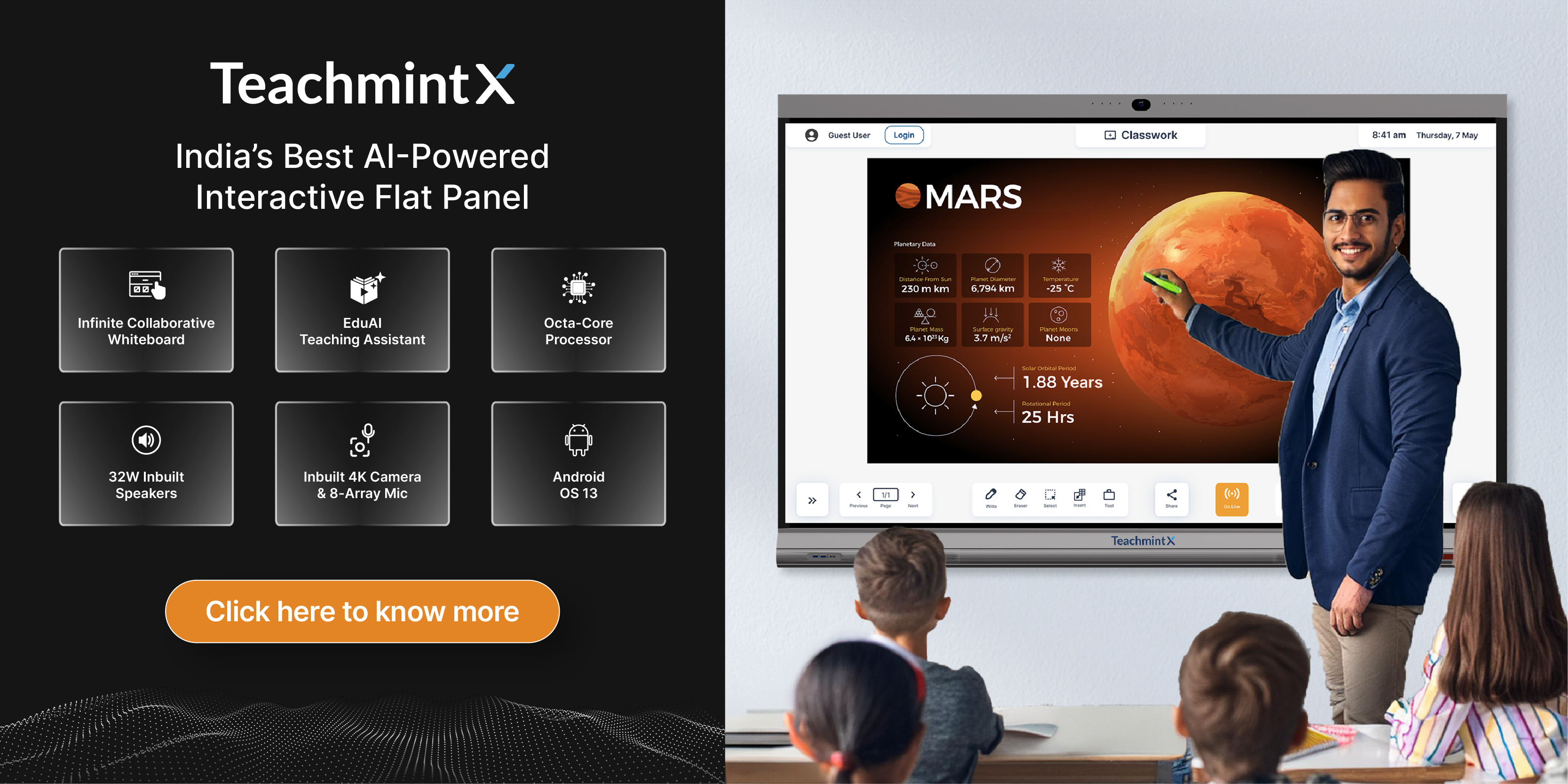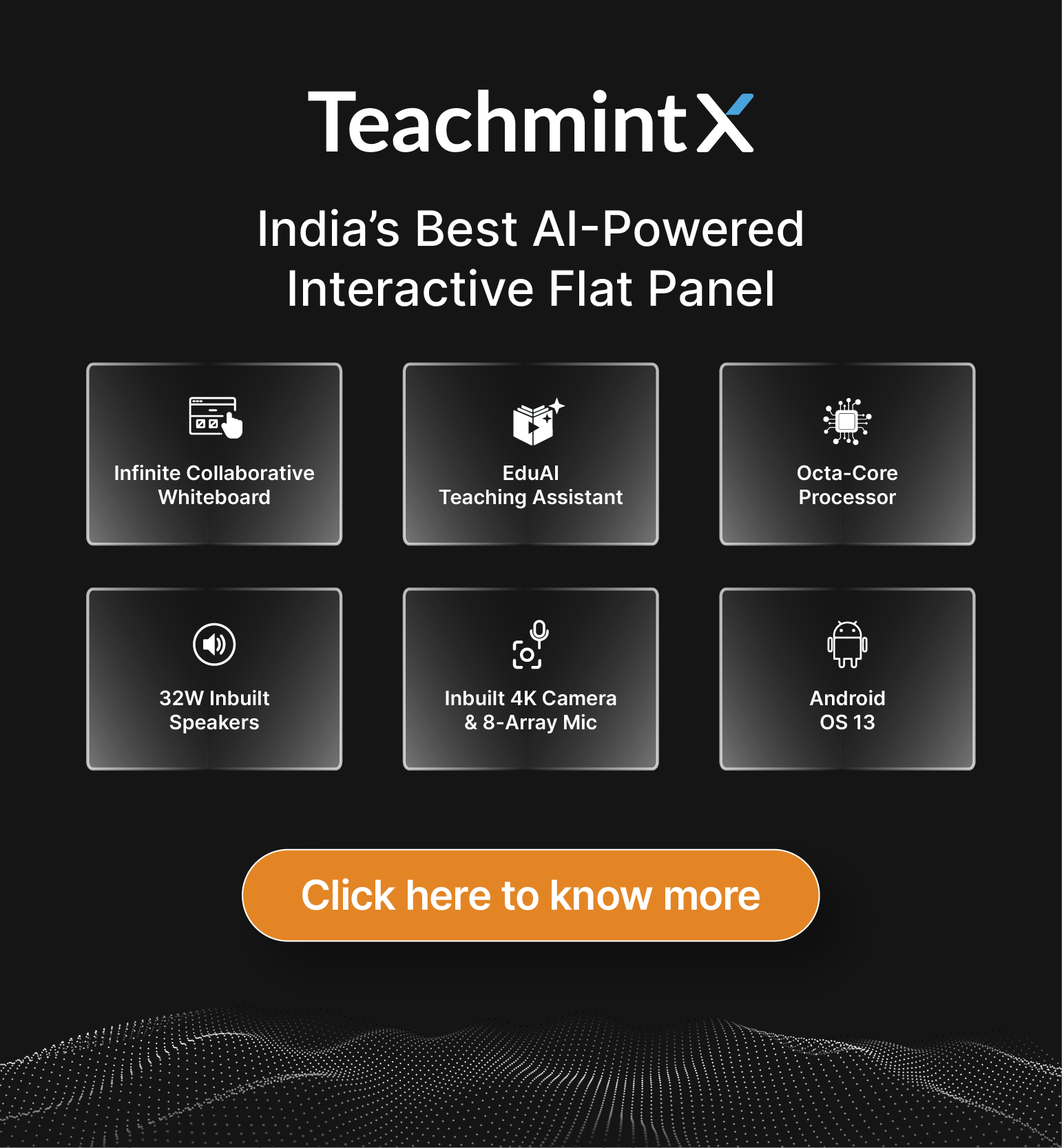Online education has seen unprecedented growth in recent years. With the rise of e-learning platforms, effective management and communication with students have become more critical than ever. That’s where CRM comes into play. CRM Full form is Customer Relationship Management, a powerful tool that can revolutionize how online education apps connect with and support their users.
Why CRM for Online Education Apps?
Online education apps are not just about delivering content but about building lasting relationships with students. CRM enables educational institutions and apps to manage these relationships efficiently and provide a personalized learning experience. Here’s why CRM is essential:
- Student Engagement: CRM systems help apps track student interactions, preferences, and progress. This information can be used to engage students effectively, making their learning experience more enjoyable and productive.
- Personalised Learning: CRM allows educators to tailor content and resources to individual student needs. By analyzing data on student performance, apps can suggest relevant courses and materials, ensuring that each student’s learning journey is unique.
- Efficient Communication: CRM streamlines communication between students, teachers, and support staff. Whether answering queries, scheduling classes, or sending reminders, CRM ensures timely and consistent communication.
- Retention and Support: With CRM, apps can identify students at risk of dropping out and provide timely support. Monitoring attendance, grades, and participation can proactively address potential issues.
Benefits of CRM in Online Education:
- Improved Student Satisfaction: CRM helps understand and promptly address students’ needs and concerns, leading to higher satisfaction rates.
- Enhanced Learning Outcomes: Personalized learning paths and content recommendations can boost student performance and retention.
- Efficient Resource Allocation: Apps can allocate resources more effectively by analyzing course popularity and student preference data.
- Data-Driven Decision-Making: CRM provides insights into user behavior, helping apps make data-driven decisions to enhance the learning experience.
- Scalability: As online education apps grow, CRM systems can scale alongside them, ensuring student relationships remain a priority.
Choosing the Right CRM for Your Online Education App:
Selecting the right CRM system for your online education app is crucial. Consider factors such as scalability, integration capabilities with your app, user-friendliness, and cost. Ensure that the CRM solution aligns with your specific needs and goals for enhancing the educational experience.
Summary
In conclusion, CRM full form being Customer Relationship Management, is a game-changer for online education apps. It enables them to provide personalised learning experiences, efficient communication, and proactive student support. By leveraging CRM, online education platforms can retain existing users and attract new ones through word-of-mouth recommendations. So, if you want to take your online education app to the next level, CRM is a term you should fully understand and embrace.
Learn more about Teachmint plans here.

